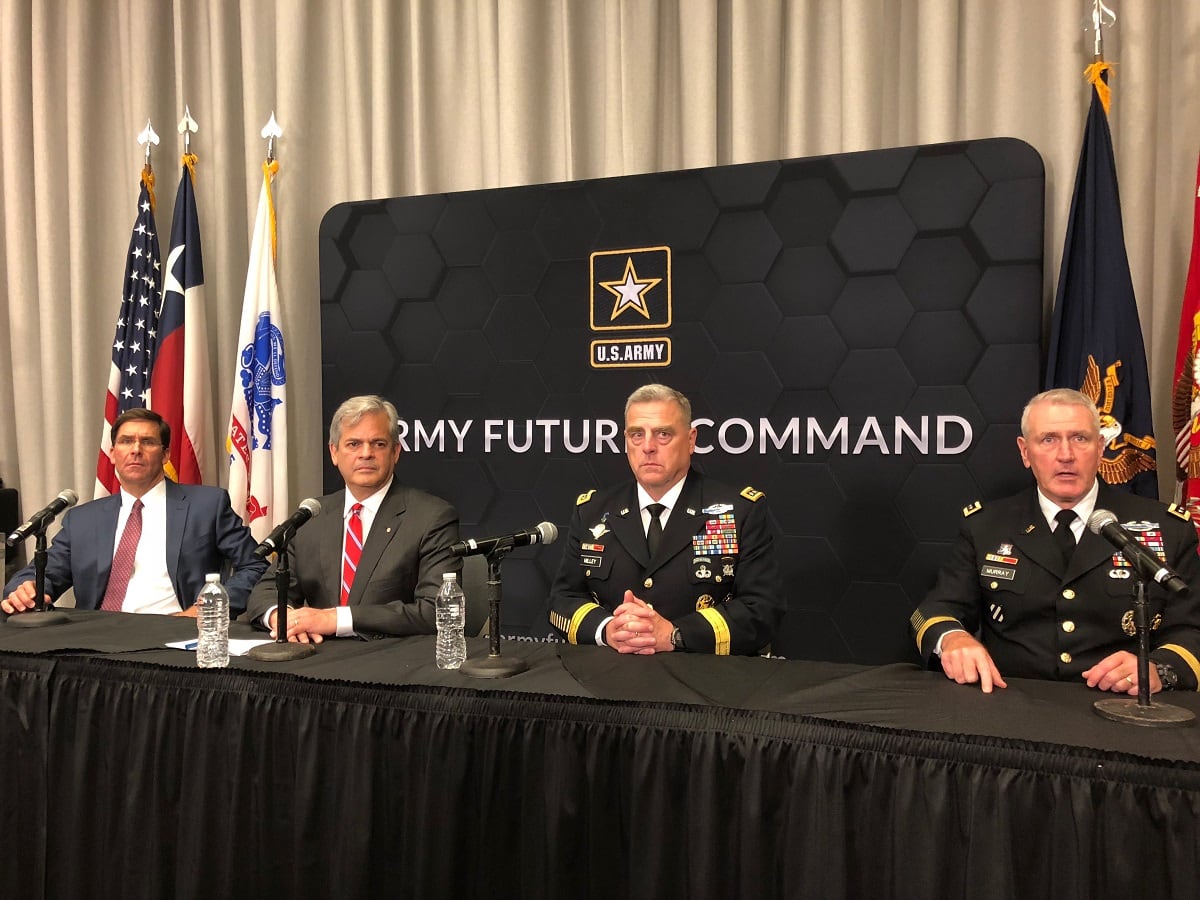WASHINGTON — Mutlidomain operations are set to become standard for the U.S. armed services in the coming years, but technical, doctrinal and organizational hurdles remain.
One impediment to multidomain operations involves issues in linking the service’s disparate communication and information networks to share targeting data and communications. Rebecca Grant, a national security analyst with IRIS Independent Research, identified her “No. 1 problem" as “the communications architecture.”
This stuff is not there yet," she said Wednesday at the Defense News Conference. "I’m less worried about the platforms, we’ve got some magnificent platforms. We’ve got to have that communication architecture. All the ability to do that is there, whether that’s secure waveforms or the [radio frequency] links, but we have to take the plunge now, immediately, to go out and experiment with this next year.”
The need for an integrated communications network was echoed by L3 Technologies' vice president of communications technology.
“You need a network that can take all the networks we have right now, a systems-of-systems-level approach, that can tie these disparate networks together because you don’t want to get rid of that install base because its too expensive to replace,” Keith Gentile said.
RELATED

Another challenge involves changing the services' doctrinal approaches to operations, especially as each branch becomes more dependent on one another.
Gentile said that if the U.S. plans to quickly respond to enemy developments, doctrine surrounding operations in the domains must change.
“There’s a role mission and function issue that needs to be addressed when you talk about cross-domain or multidomain capabilities because each of the services operates in different domains," he said. "You got to go ahead and get away from the parochial pieces of service stovepipes, mission roles and functions — and realize you are talking about cross-domain capabilities.”
Jaret Riddick, the director of the Vehicle Technology Directorate at the Army Research Laboratory, cited the service’s recently stood-up Futures Command as one example of change within the services.
“I would not downplay the steps the Army is making in standing up Futures Command. To take a four-star command and make the type of reorganization that has not happened since the early 1970s — I would not call that incremental,” he said.
Daniel Cebul is an editorial fellow and general assignments writer for Defense News, C4ISRNET, Fifth Domain and Federal Times.








